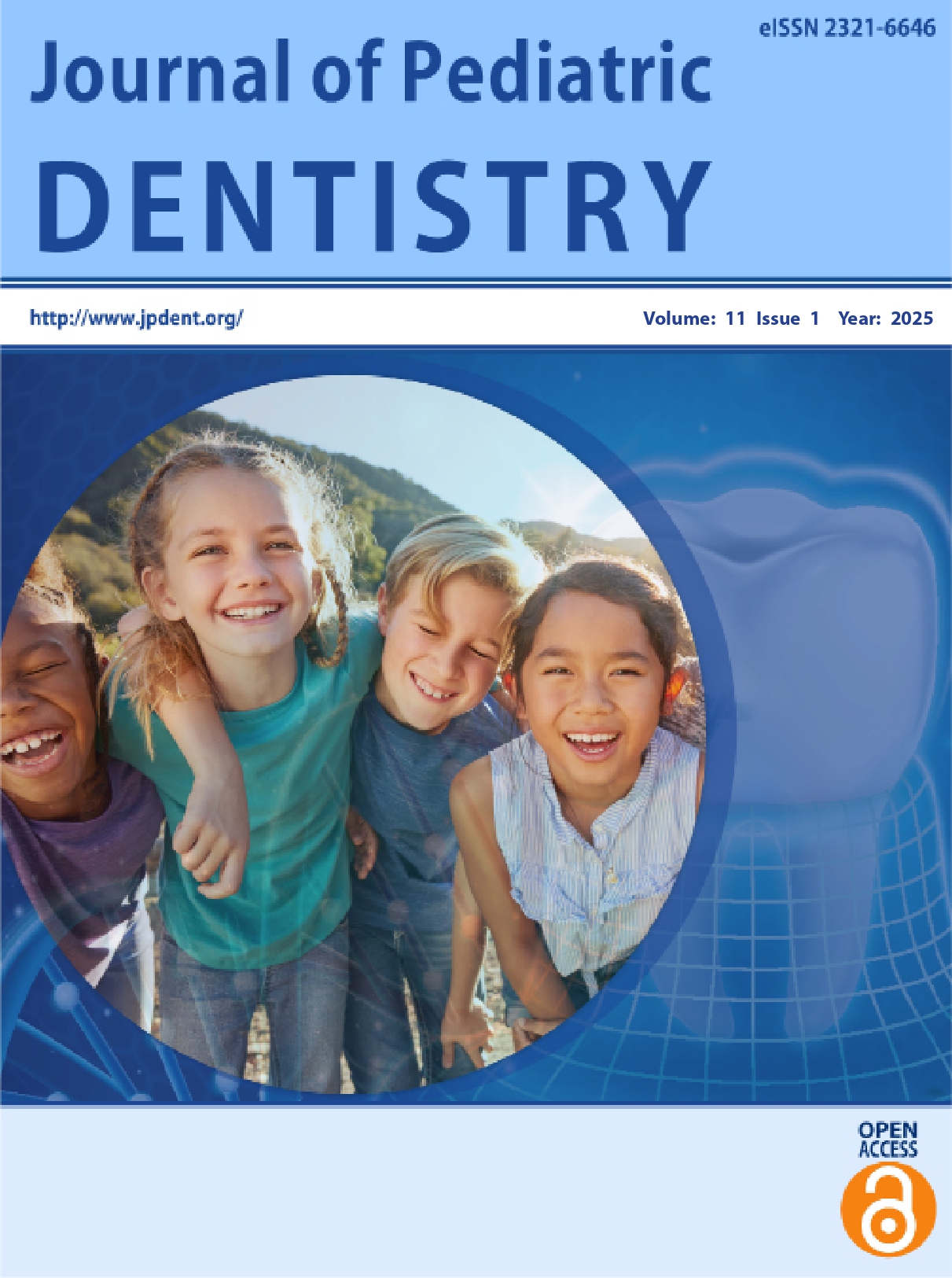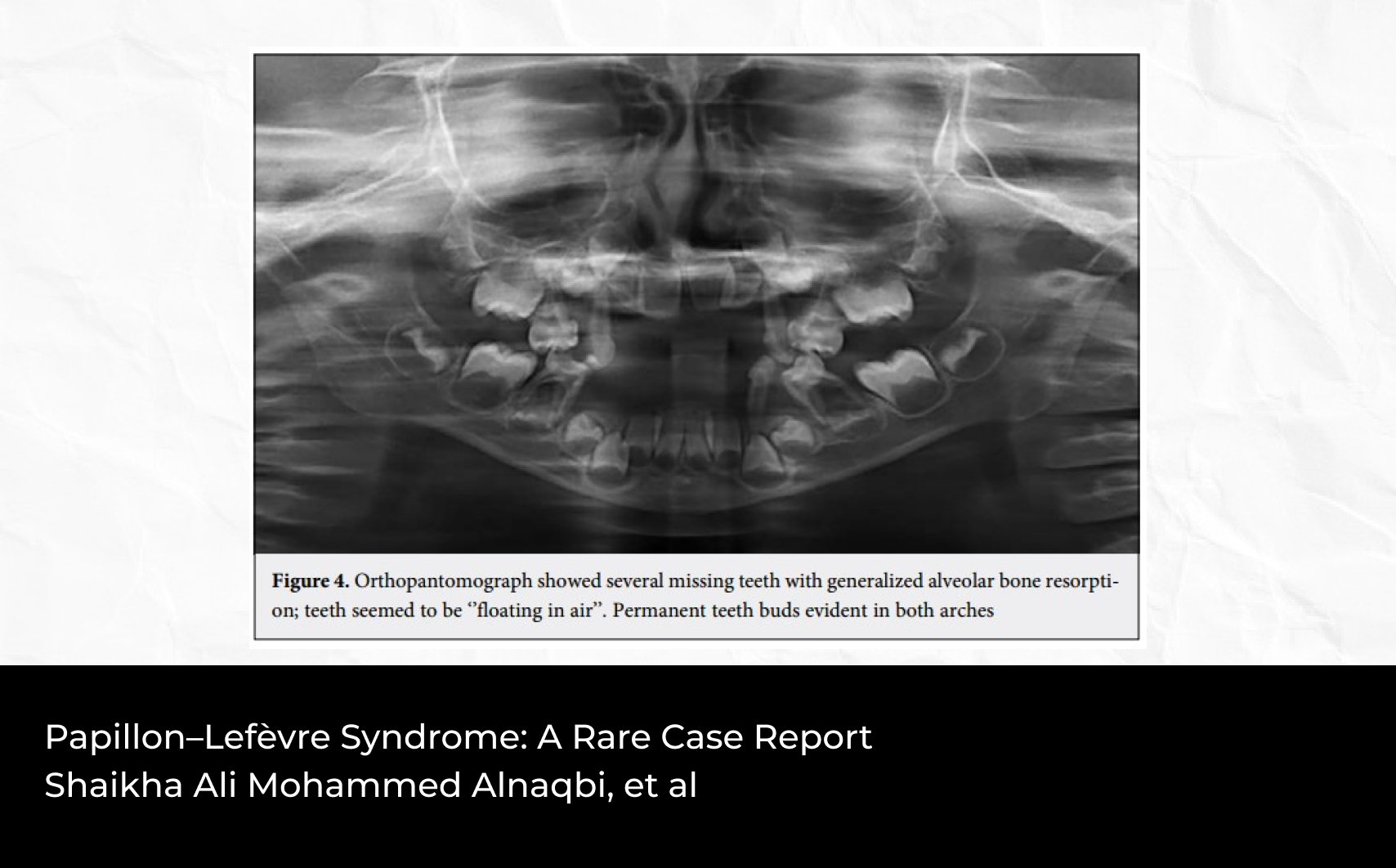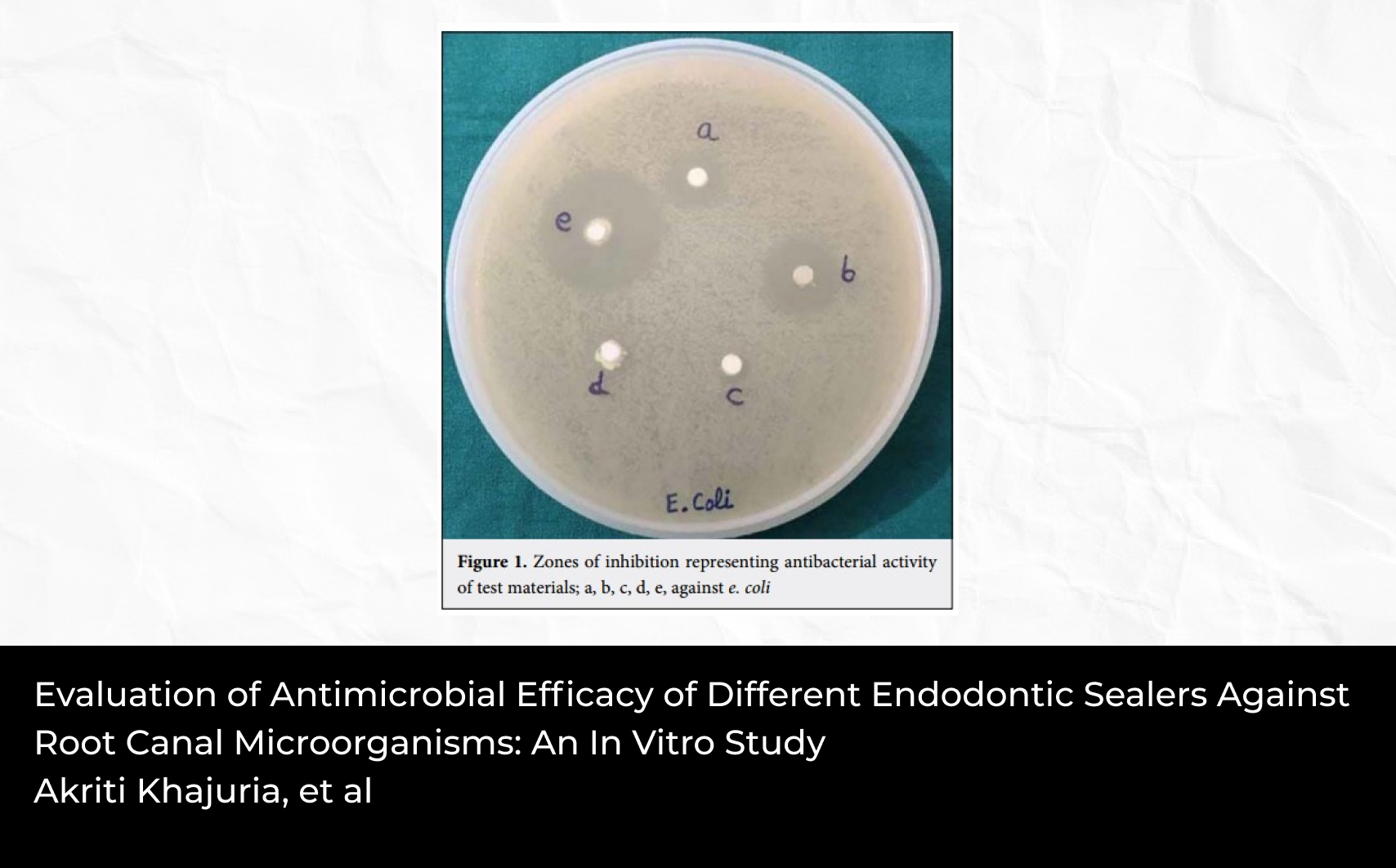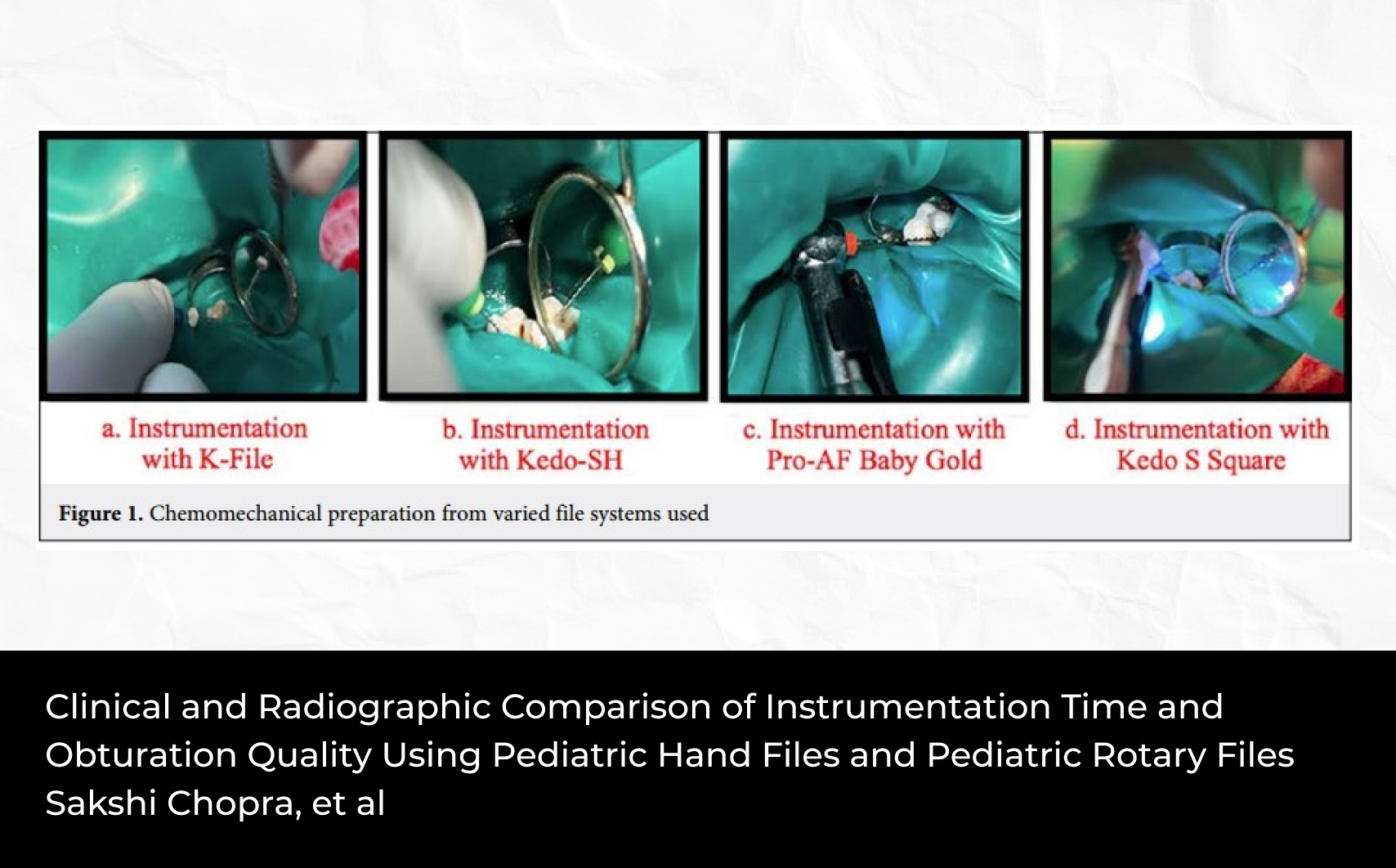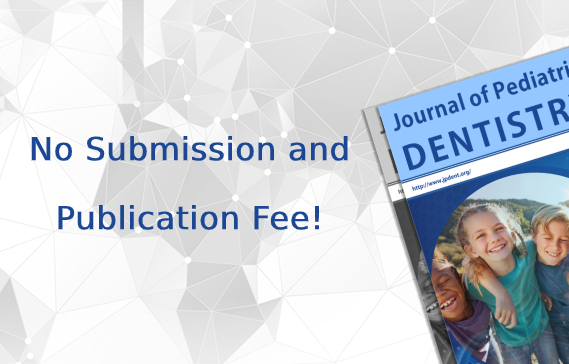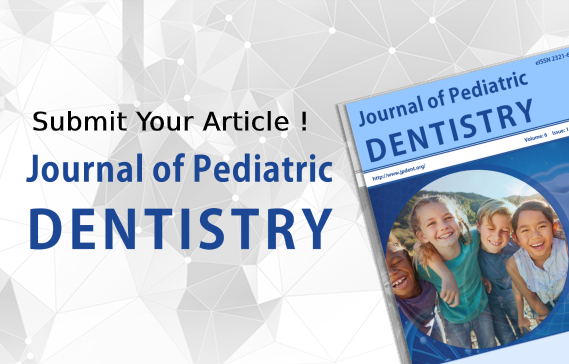Abstract
Objective: An in vitro study was designed to evaluate the fracture resistance of premolars with class II MOD cavities restored with GC Fuji Type IX GIC, Composite Z-350, Cention N, and Zirconomer restorations in comparison with intact teeth and unrestored teeth.
Materials and Methods: Sixty freshly extracted premolars were randomly divided into six groups: two control groups and four experimental groups of 10 teeth each. Group I: Positive Control Group; Group II: Negative Control Group; Group III: Class II MOD cavity restored with GC Fuji Type IX GIC; Group IV: Class II MOD cavity restored with Composite Z-350; Group V: Class II MOD cavity restored with Cention N; and Group VI: Class II MOD cavity restored with Zirconomer. Fracture resistance was tested in a Universal Testing Machine with a cross-head speed of about 1mm/min. The data were statistically analyzed.
Results: Maximum fracture resistance was recorded for the intact tooth (2299.3±64.1 N) followed by Cention N (1797.8±81.1 N), GC Fuji IX GIC (1508.4±79.2 N), Zirconomer (1399.2±38.1 N), Composite Z-350 (1157.8±55.9 N), and least in the Unrestored tooth (311.1±38.8 N).
Conclusion: Among the experimental groups, Cention N showed the highest fracture resistance. Cention N is the material of choice for posterior restorations.

